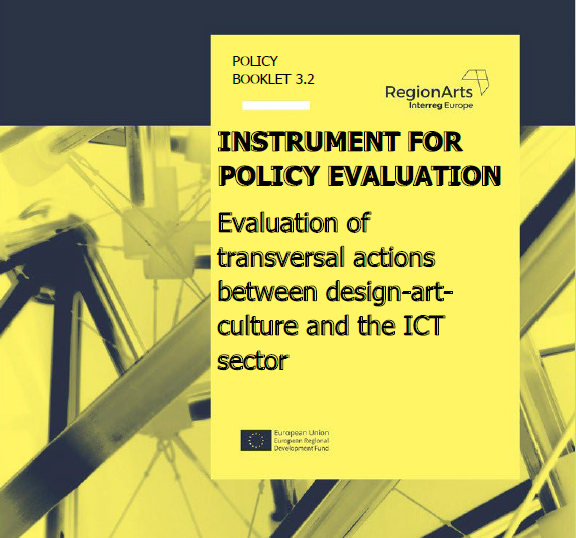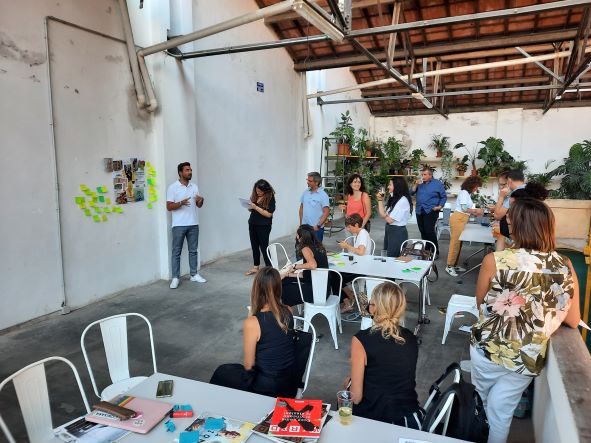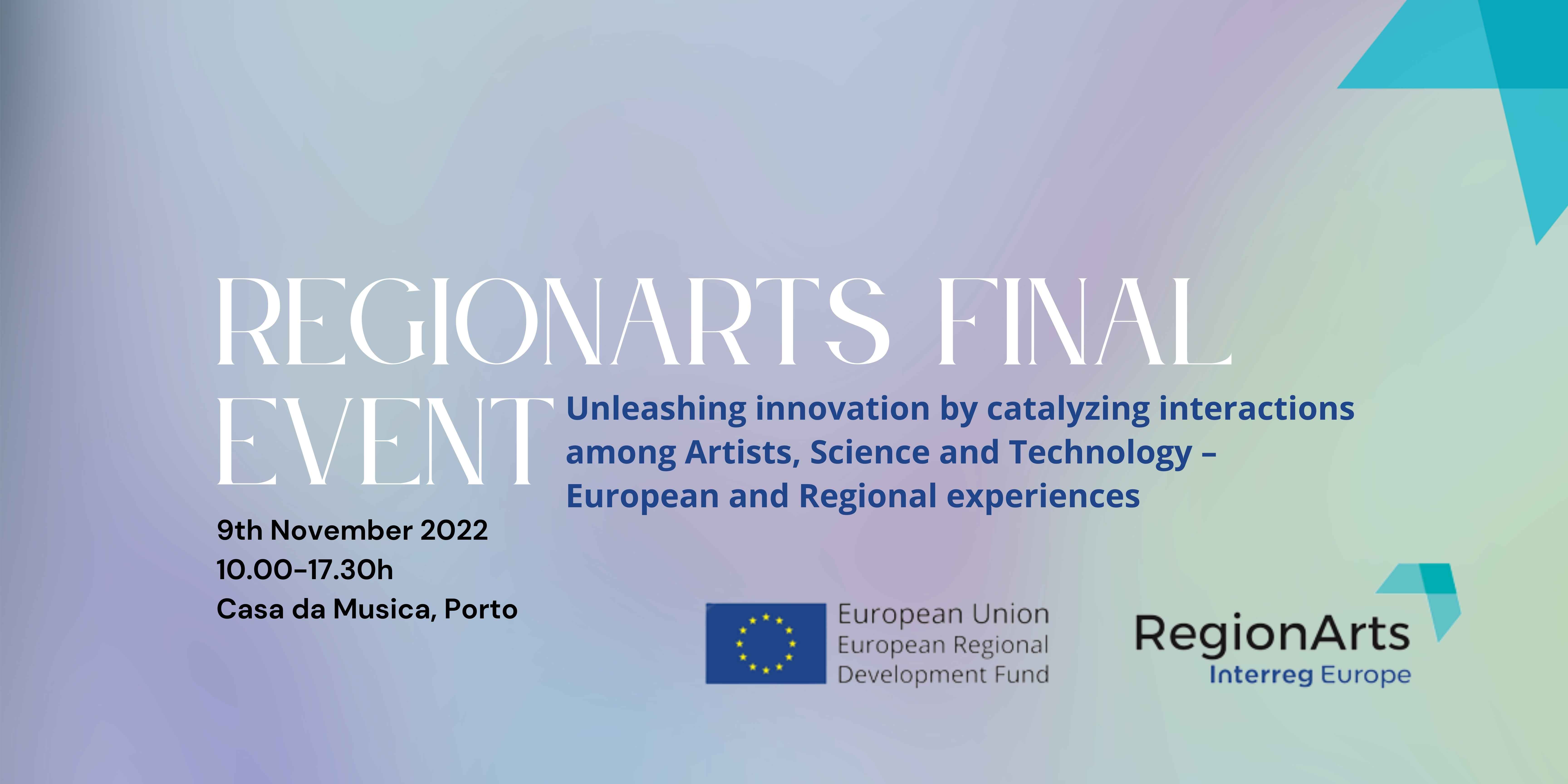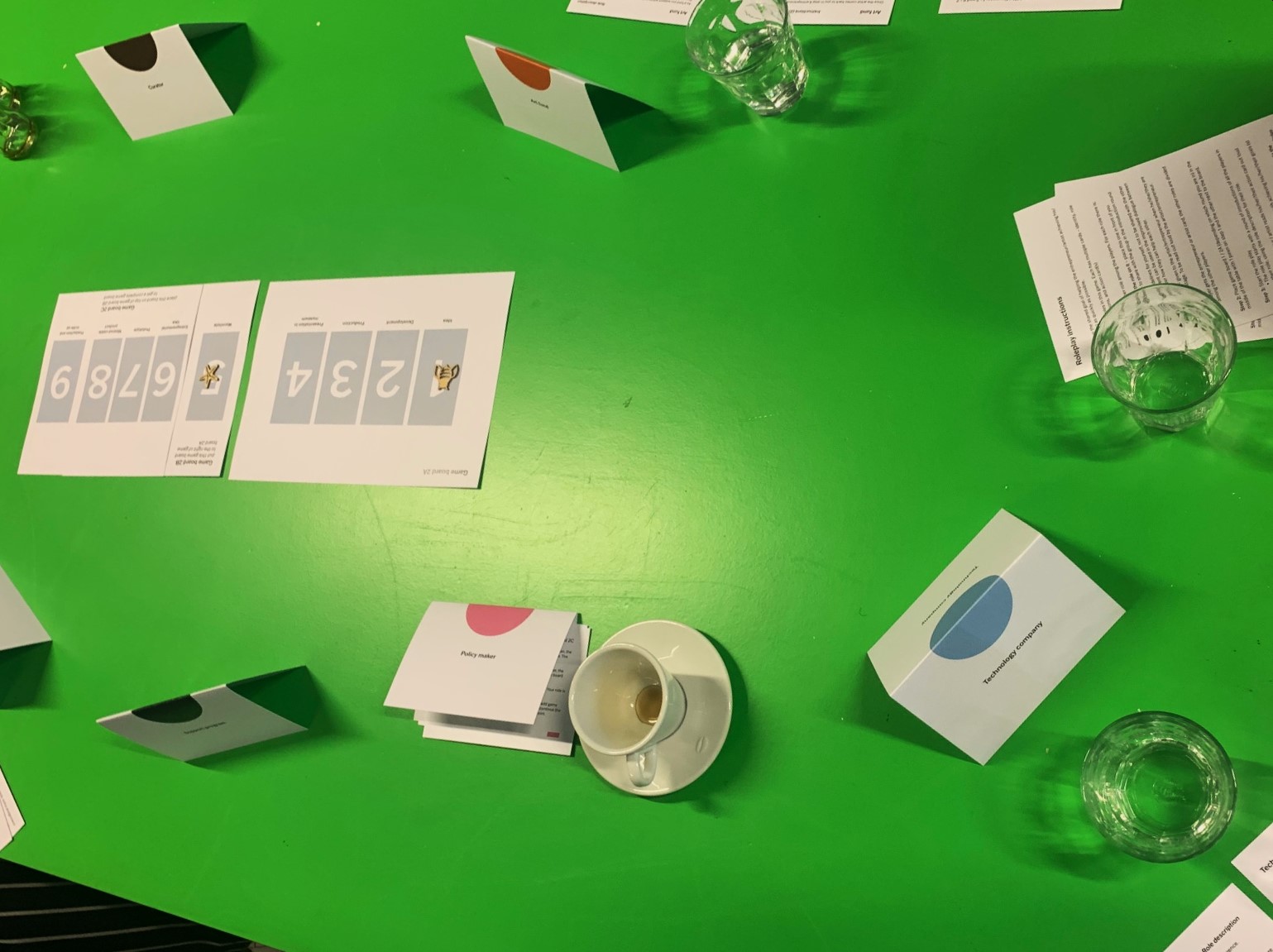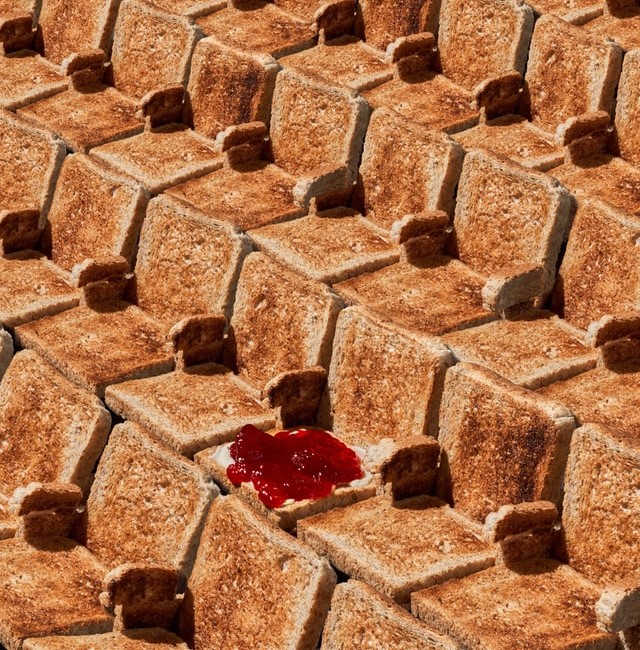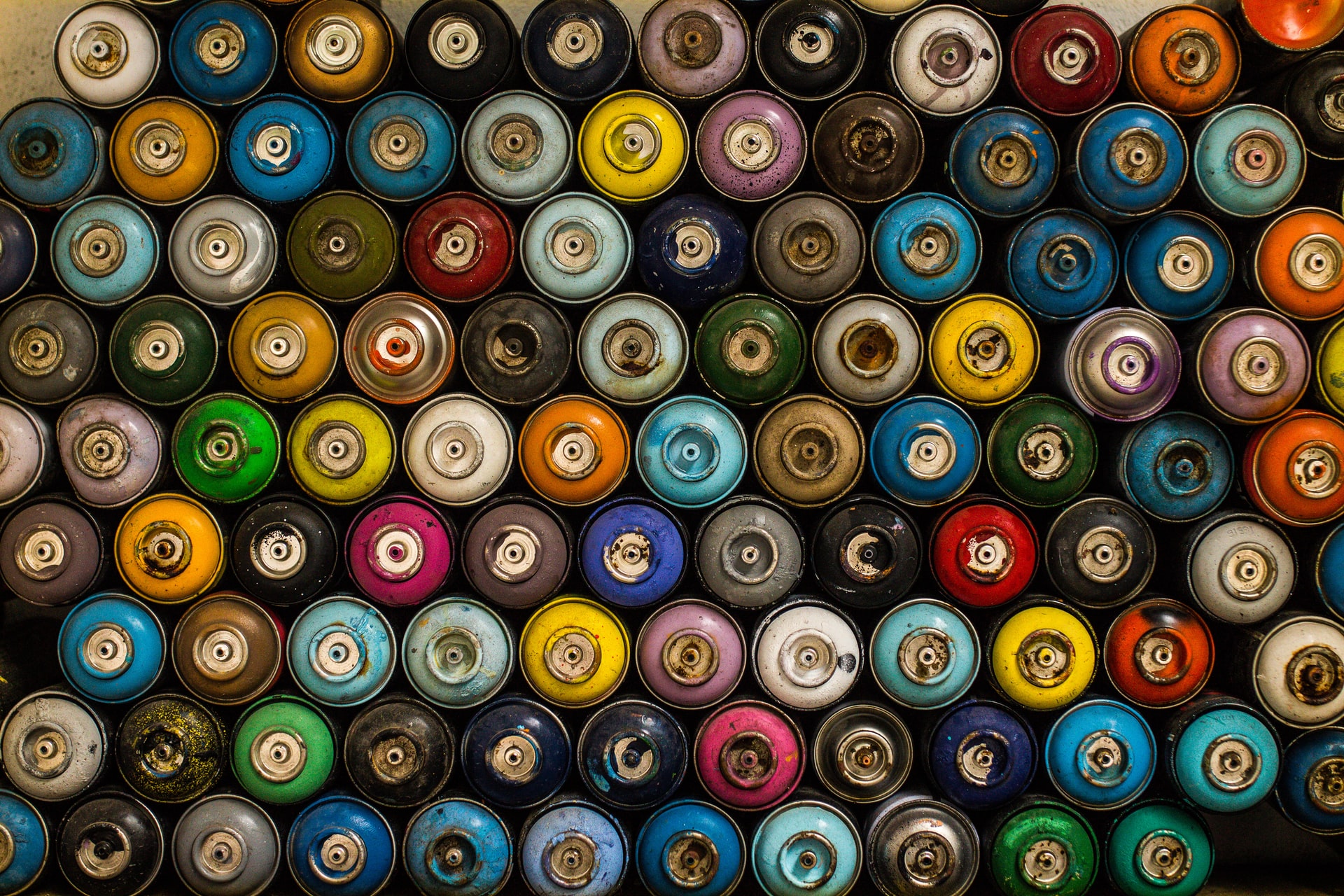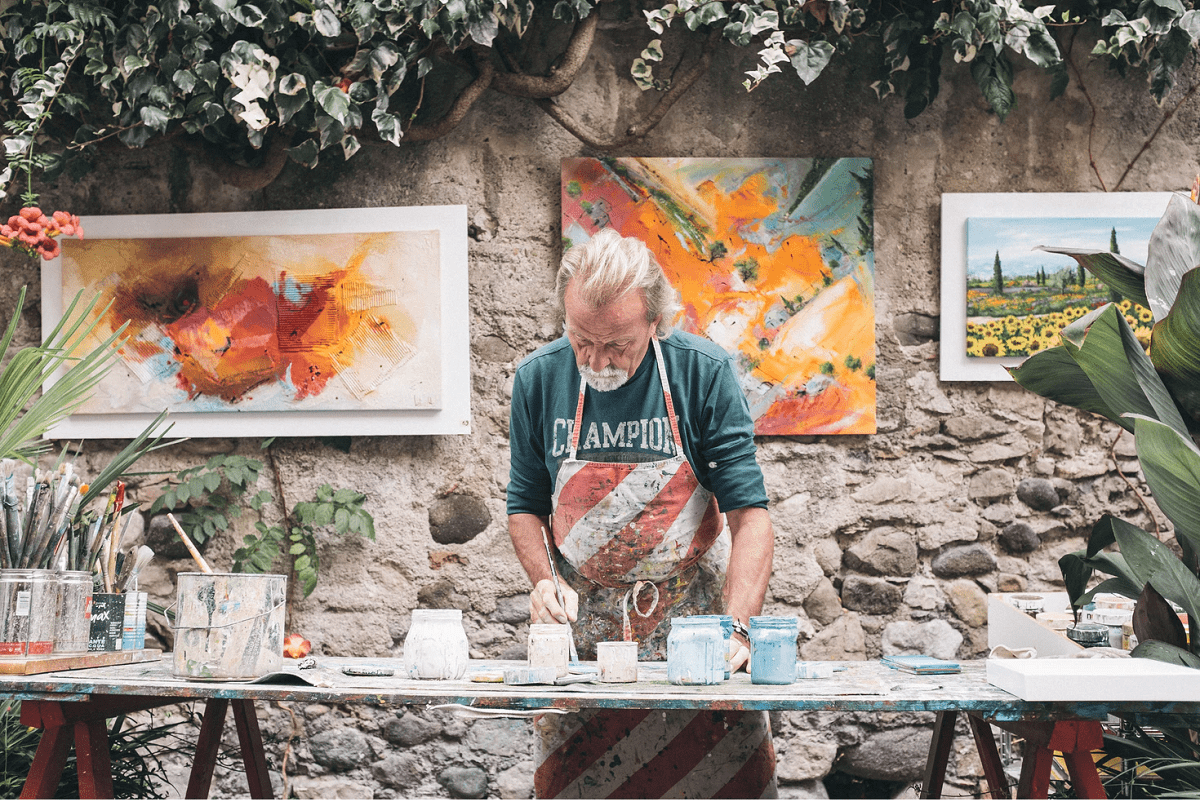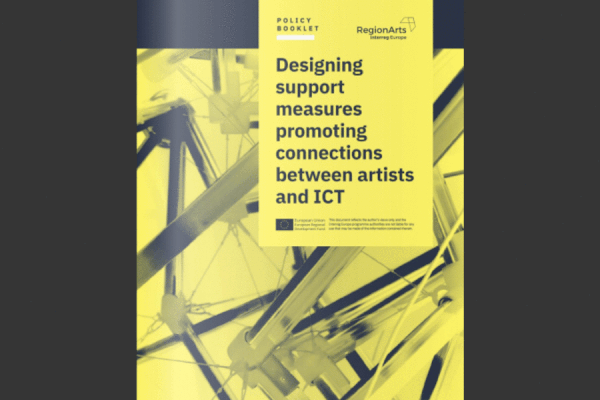'Rethinking Cultural and Creative Industries through new technologies and digital competences', the essence of the themes tackled during ART-ER LSG meeting - held online on 28th May - can all be retraced in the title.
What kinds of transformations will CCIs need to incorporate to adapt to the post-COVID19 scenario? What is the role of ICT specialists in fostering digital innovation in the cultural sector? Will traditional enterprises be able to exploit the advantages stemming from the interactions of these two worlds?
These are just a few of the main questions raised during a web conference, which was attended by 38 participants - 24 members of the two regional clusters dedicated to cultural and creative industries and services innovation and 14 participants of the Emilia-Romagna Local Stakeholder Group meeting -, including representatives of the Regional Government.
The initiative, indeed, followed the leitmotif of the meeting organized in the previous semester, only this time - instead of investigating the artists’ perspective on ICT - it focused on how technologists make use of creativity to keep innovating. Attendees were presented with a series of case studies brought to the table by two speakers: Antonella Guidazzoli, CINECA and Roberta Grasso, GetCoo.
The first guest presented CINECA, one of the most important computing centres in Europe (it hosts a Leonardo pre-exascale supercomputer) working in collaboration with universities and research labs, and the unit she is in charge of, the Visual Information Technology LAB. The laboratory specializes in visualization solutions for Cultural Heritage and Big Data, aiming at promoting research through image synthesis: creativity works as a bridge connecting the general public to science. Among the myriad of projects, they have developed throughout more than 20 years of working with the cultural sector, there is “ Apa l’Etrusco ” (APA, the Etruscan) a historically accurate, engaging and emotional 3D video which draw the attention of the primary education field. The video is widely used as teaching materials for pupils, especially now that education went through a rapid renovation caused by COVID19 containment measures.
This experience now only shows the relevance of connecting sectors which apparently have very little in common but also the importance of working with different specialists with heterogeneous backgrounds to create an integrated product - from anthropologists to historians to technologists and film directs.
Everyone should focus on their own specific competences, yet it is important that artists understand the technical difficulties and concerns of historian and vice-versa, said Mrs Guidazzoli during the meeting.
The second speaker, Roberta Grasso, is in charge of the communication department of GetCoo, an innovative startup specialized in Computer Vision solutions based on Artificial Intelligence. This enterprise commonly works with both the cultural sector and traditional industries. Thanks to these influences and spill-overs it manages to adapt products and services that were previously conceived for other fields of applications. Their first product was Getcoo Travel, an app that, through a photo, recognizes monuments, churches and other tourists’ destinations and provides users with the relevant information (a sort of “shazam” of cultural heritage). Being them located in Ravenna, the seat of an incredible UNESCO cultural heritage site, they had the chance to work with public institutions and finetune their product. The same technology was applied in the industrial sector through another product, Piqapart: a device developed to conduct quality control and retrieve small objects in warehouses. Through market analysis, GetCoo realized that the same technology could be used for another - more creative - niche market: Lego collectors, who have difficulties in finding very small bricks to include in their collection. That’s how Piqapart was transformed into Piqabrick.
In the post-COVID19 era, interconnections among technologies, creative outputs and traditional sectors became not only relevant for innovation purposes but in some cases crucial to ensure the very subsistence of a high number of businesses. Indeed, the emergency has accelerated processes and highlighted hidden industry needs: the future calls for forward-thinking solutions, new business models and innovate types of collaborations.


